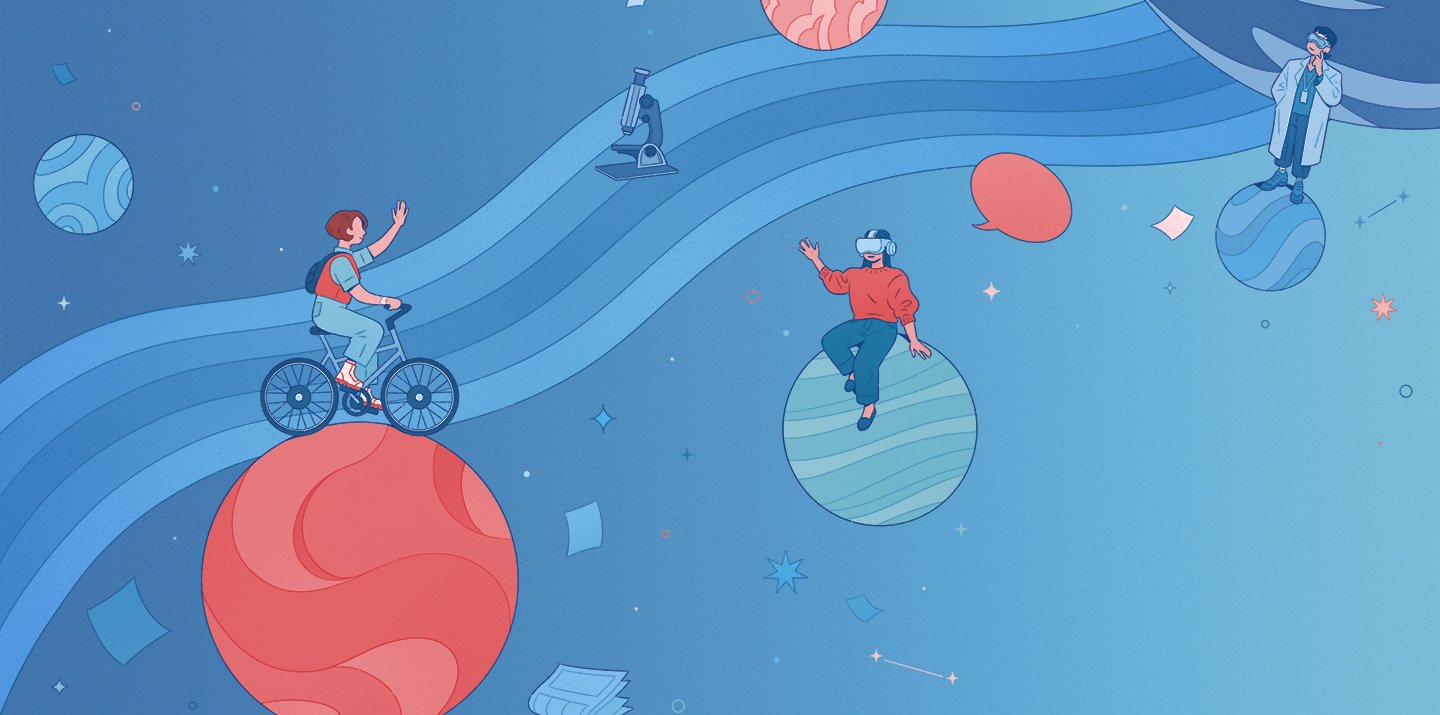
Courses on the Cutting Edge
An innovative curriculum is preparing UW students for a rapidly changing world.
In 1998, as a UW–Madison freshman, I dreamed of writing for the Onion, the satirical newspaper founded on campus. It was a print publication back then, when jobs like app developer didn’t exist, so I majored in print journalism. By the time I graduated, print was evaporating, but I transitioned into digital storytelling and landed jobs at the Onion and other publications as they became multimedia companies. UW–Madison had prepared me to pivot.
Courses on innovation helped me become a future-focused thinker who adapts to changing conditions. They help many other Badgers do the same, according to Greg Downey, associate dean for social sciences in the College of Letters & Science.
“Today’s students will live in a world affected by new innovations that shape the way they live and the kinds of problems they need to solve,” he says. “An urban planner might need to design a city that’s filled with e-bikes and sensors and that’s undergoing a major transition to renewable energy.”
These advances will produce jobs most of us can’t imagine yet, but UW students can prepare themselves by studying cutting-edge ideas, of-the-moment issues, and the patterns that tend to surround innovation and change. Here’s an inside look at 10 classrooms where they’re doing just that.
Revolutionary Discoveries
What lies beyond the Milky Way is becoming clearer thanks to NASA’s powerful James Webb Space Telescope and satellites like Kepler, which found more than 2,600 faraway planets between 2009 and 2013. Students in Astronomy 140: Earth 2.0 — The Exoplanet Revolution explore these discoveries and more.
“A primary goal of this research is discovering planets that might be friendly to life as we know it, and we’ve found a number of excellent candidates,” says Professor Bob Mathieu. “The Holy Grail would be the discovery of life elsewhere.”
Scientists are searching for evidence of the gases life-forms produce, which can collect in an exoplanet’s atmosphere. Students join the search in Astronomy 140.
“We want the students, most of whom don’t seek science careers, to experience scientific discovery,” says Mathieu. “We divide the class into teams and give each a real Kepler light curve for an unnamed star. First, they have to determine if the star has an exoplanet. If so, they calculate its mass, density, orbit, and composition and hypothesize its origin story.”
Mathieu gets excited each time students make their own discoveries about these exoplanets.
“My usual answer to their questions is, ‘Wow, that’s a really interesting finding,’ and then I walk around the room with a smile,” he says.
In the genetics department, a different revolution is driving discovery. Identifying an organism’s unique DNA pattern, a process known as whole genome sequencing, has become fast and inexpensive in recent years, fueling an innovation explosion in the biotechnology sector. Students in Genetics 548: The Genomic Revolution learn how this process works and explore its opportunities and challenges.
In the realm of human health, the genetic study of human disease used to be restricted to single-gene disorders like cystic fibrosis, says Professor Bret Payseur, one of the course’s instructors.
“Genomics now lets us study diseases caused by multiple genes and mutations.”
Digital Dilemmas
Innovation’s consequences tend to emerge over time. Examples abound in digital spaces, where conspiracy theories and abusive rhetoric can spread like wildfire. These problems are the focus of Life Sciences Communication 340: Misinformation, Fake News, and Correcting False Beliefs about Science.
Assistant Professor Sedona Chinn says many students take this course to help a loved one let go of misinformed beliefs. It’s tougher than it sounds because of how the mind works.
“When you hear false information, you tend to remember it even if you don’t believe it, and it can subconsciously affect your attitudes,” Chinn says.
She stresses that everyone is vulnerable to misinformation, even people with sharp reasoning skills. This is especially true when the misinformation concerns something we find frustrating, distressing, or confusing.
“Science misinformation is often presented in clear, concise stories that suggest a cause-effect relationship that doesn’t exist,” Chinn says. “You may buy it because it meets a psychological need or reflects your existing beliefs.”
For example, many people struggle to accept that some problems have no clear cause or solution. To minimize discomfort, they may unwittingly embrace a piece of misinformation. If you tell them it’s untrue, they may cling to the falsehood since it comforts them.
Chinn says confrontational myth-busting approaches tend to backfire, even when they’re rooted in good intentions.
“If a family member posts information on social media and you tell them it’s untrue, they’re likely to feel humiliated and defensive,” she explains.
Chinn also encourages students to consider how they’ll counter misinformation in the professional world.
“Many students in this course are interested in science, technology, engineering, and math, so addressing misconceptions about their industries may be part of their job,” she says.
Students take an even closer look at the mental health impact of digital spaces in Psychology 532: Psychological Effects of the Internet. The first step is examining “moral panics” over past inventions. This includes Scientific American’s 1859 claim that chess “robs the mind of valuable time that might be devoted to nobler acquirements, while at the same time it affords no benefit whatever to the body.”
“Sounds a bit like the fears over video games, doesn’t it?” quips Professor Morton Gernsbacher, who developed the course in 2014. In 2023, she makes sure it covers ChatGPT, the generative AI tool that started the “Will chatbots take my job?” panic of late 2022.
Gernsbacher hopes that students finish the course with a balanced view of the internet’s psychological effects.
“Like all previous inventions, there are more and less beneficial aspects of the internet,” she says. “It’s important to avoid moral panic and use critical thinking to evaluate the claims.”
To help students cultivate critical thinking skills, Gernsbacher highlights evidence that’s slightly counterintuitive: that fewer teens are bullied online than in person, and that psychotherapy can be just as effective in a Zoom room as it is in an office suite.
In General Business 745: Robotic Process Automation, students learn about the upside of bots. Cody Baldwin, director of the master’s in business analytics program in the Wisconsin School of Business, explores how software bots can save businesses time and money.
Even a small retailer has lots of processes, from shipping orders to answering customer inquiries. Having software bots automate parts of these processes can increase efficiency while making human workers’ tasks more varied and engaging.
Using bots in this way isn’t new, according to Baldwin, but it has become much easier in recent years.
“Robotic process automation used to require considerable programming skills,” he says. “Now, if you can use Microsoft Word, you can use these tools.”
The course also covers a common automation barrier: fears of job loss. Showing employees how automation can be used to eliminate boring tasks rather than entire jobs can address this issue, Baldwin says.
“When employees can focus on more interesting tasks, it can limit turnover, which is incredibly expensive for companies,” he adds.
Evolving Realities
Some of the thorniest questions about digital spaces involve power imbalances. Library and Information Studies 500: Code and Power grapples with several of them, daring students to consider how the internet caters to some people and leaves others behind. For example, people of color have been marginalized in crucial conversations about the internet’s accessibility, function, and ultimate purpose, says the Information School’s Dorothea Salo MA’96, MA’05, one of the course’s instructors.
“If we want a better world, we have to take stock of what coding did to this one, with unflinching honesty,” she says.
Though Code and Power can get dark, it’s not a doom-and-gloom fest. Salo won’t allow it. She asks students to consider what an ideal online gathering space might look like. She also has each student research and celebrate a tech figure who has been marginalized due to race, culture, gender, or sexual orientation. As Salo puts it: “Celebration is powerful, joy is powerful, and expanding our universe of amazing people is powerful.”
Exploring tech’s risks is also integral to Computer Science and Design Studies 579: Virtual Reality. According to Associate Professor Kevin Ponto ’04, who created the course, mulling innovation’s consequences is just as important as innovating.
“Back in the 1960s, as the first virtual reality headset was being developed, the inventor was already writing articles about the technology’s potential dangers,” he says.
The course delves into virtual reality’s history, which includes Plato’s theories and Queen Victoria’s fascination with stereoscopic 3-D photos. In-class demos offer a taste of tools such as the Unity game engine, which many students use to build experiences for their design projects.
“Some students re-create extreme experiences such as flying in a wingsuit, while others try to create an experience that is calm and relaxing,” Ponto says. “Some use virtual reality to study human behavior, while others use it to help the virtual participant embody something that isn’t human. We aim to be flexible enough to support whatever students can dream up.”
“Our vision for the total student experience involves nurturing relentless curiosity, intellectual confidence, empathy and humility, and purposeful action.”
Climate Considerations
Pondering how people might travel in the future is a key component of Urban and Regional Planning 551: Climate Action Planning — Sustainable Transportation. Designing transportation systems that can withstand flooding, extreme heat, and other climate-related challenges is one piece of the puzzle. Getting people to use them is another, and that involves studying travel behavior, says Professor Carey McAndrews.
“There are all sorts of factors that affect our decisions about travel, not only as individuals but as families, organizations, and communities,” she explains. “Even if people are committed to reducing emissions, expecting them to change how they move through the world is a big ask.”
Finding ways to anticipate people’s choices about travel helps planners build transportation systems that can accommodate them. But finding ways to promote climate-friendly behaviors is more challenging.
“To me, this is the cutting edge of planning,” McAndrews says. “There’s a tendency to think of travelers as cyclists or public-transit riders but not whole humans. If we consider the whole person and what motivates them, we’re more likely to succeed at behavior change.”
Economic tools such as parking pricing can help people choose bikes and buses, as can modifying built environments to make foot travel safer and faster. Regulations can also promote efficient travel and racial equity simultaneously. For example, if zoning codes deter food deserts, fewer crosstown grocery runs are needed. This reduces emissions and saves time, which may enable people to make other climate-friendly choices such as walking to work.
Learning how food-system infrastructure can help the planet is a vital component of Environmental Studies 600: Scaling Back Food Excess. Students partner with organizations such as Madison Area Food Pantry Gardens for hands-on learning and share research findings with the Wisconsin Food Access Project, whose interactive map helps consumers locate food pantries, community fridges, and other projects that connect excess food with people who need it.
Keeping excess food out of landfills curbs greenhouse gas emissions that contribute to climate change. Plus, resources used to produce the food — water, farmland, fossil fuels, and more — aren’t squandered. Recognizing the value of these resources is an essential part of fighting climate change, according to instructor Delaney Gobster ’19, MS’23.
“The price of food doesn’t reflect the true cost of overusing land and water, or the value of the people who produce it,” she explains. “One reason is that consumers have lost touch with where their food comes from and the environmental effects of its production. Rebuilding that relationship can help us see food’s real value and make better choices.”
The environment is also a crucial consideration in addressing pandemics, according to Professor Randy Stoecker, who teaches Community and Environmental Sociology 375: Community Response to Pandemic. COVID-19 may be one of many 21st-century pandemics if humans keep encroaching upon natural areas and altering the earth’s climate.
Cutting-edge courses help to prepare students for whatever the future brings — and also help them play key roles in creating that future, says Vice Provost John Zumbrunnen.
Then there’s the issue of social climate. Unique, community-level responses to the early days of the crisis inspired Stoecker to create the course. He recalls how grassroots mutual-aid efforts established a climate of goodwill in a divisive time marked by outcries about masking and vaccination.
In one section of the course, Stoecker’s students consider how mutual aid, such as grassroots networks that connect people requesting a resource with neighbors volunteering to provide that resource, can strengthen community mental health and promote civil discourse. Interdisciplinary readings and candid class discussion reveal how COVID-era mutual-aid projects have helped many Americans find meaning in suffering and connect with people they might never have met otherwise.
The course encourages students to look below the surface of major social upheavals when assessing their impact.
“That’s my job as a sociologist,” Stoecker says. “There’s so much more going on below the surface than above it.”
The Discovery Process
UW–Madison’s approach to learning will shape the future, says Vice Provost for Teaching and Learning John Zumbrunnen.
“Our vision for the total student experience involves nurturing relentless curiosity, intellectual confidence, empathy and humility, and purposeful action,” he says. “Cutting-edge courses encourage this kind of growth, which helps to prepare students for whatever the future brings — and also helps them play key roles in creating that future.”
The goal, Zumbrunnen says, is not only to teach UW students about new discoveries, but also to make them a part of the discovery process.
“We hope they will develop an enduring interest in asking questions, working toward answers, and learning from the people they serve.” •
Jessica Steinhoff ’01 is a Madison-based author, therapist, and futurist.
Published in the Fall 2023 issue
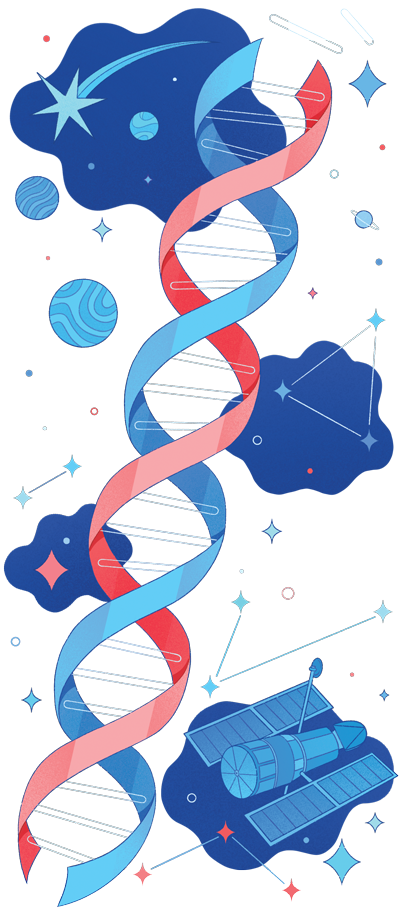
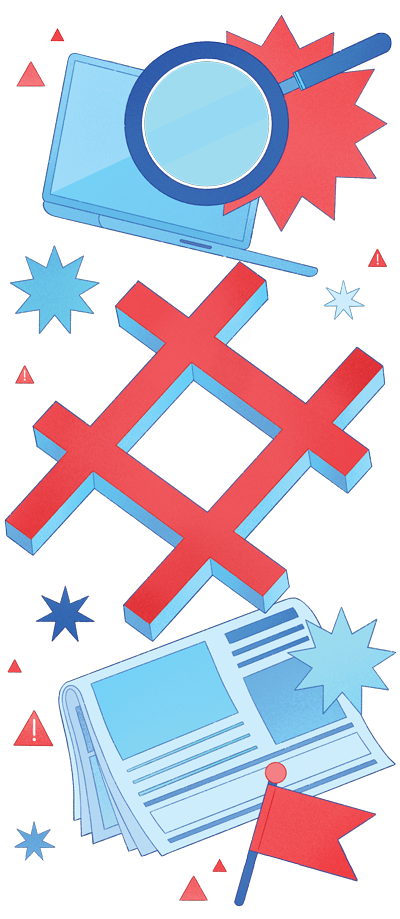
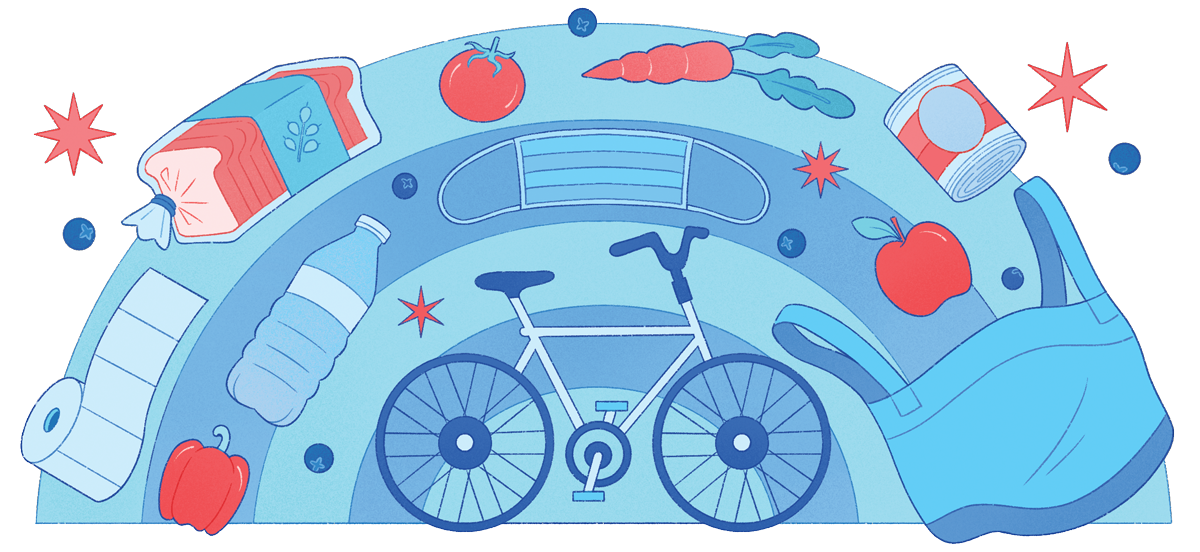
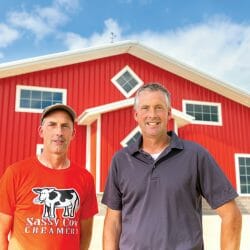

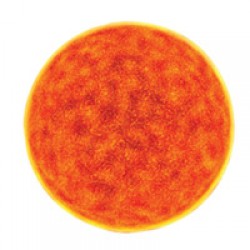
Comments
No comments posted yet.